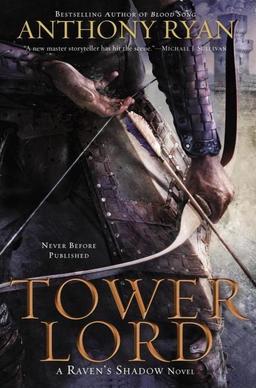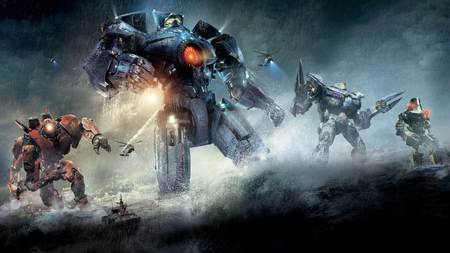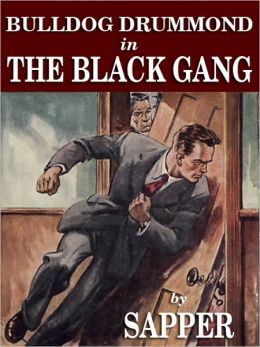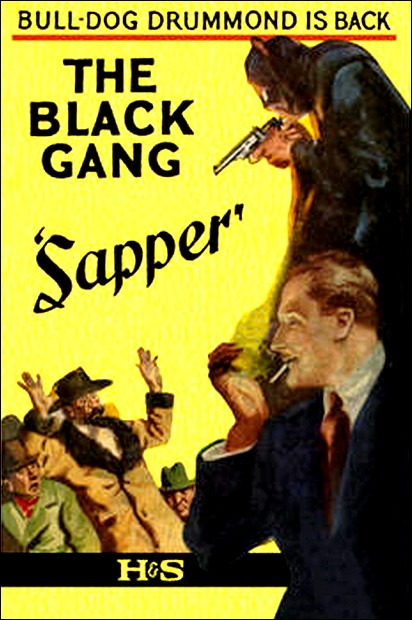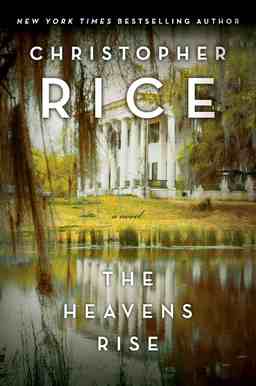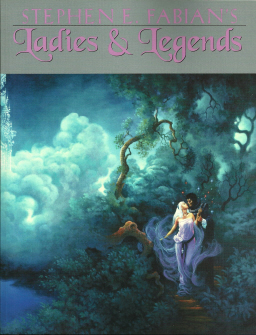A New Literary Fantasy Magazine: A Review of Lackington’s #1
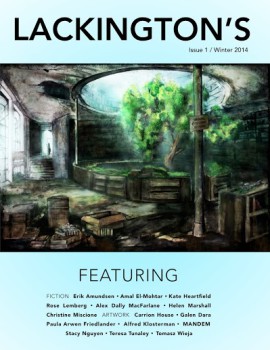 I live in Ottawa, Canada and despite being up to my eyeballs in the sci-fi and fantasy and geek scenes, I’m still caught flat-footed by the talent this city seems to pack in the woodwork.
I live in Ottawa, Canada and despite being up to my eyeballs in the sci-fi and fantasy and geek scenes, I’m still caught flat-footed by the talent this city seems to pack in the woodwork.
I’ve blogged previously about our science fiction publisher Bundoran Press, our indie comic publisher Mirror Comics, and a couple of our writers like Geoff Gander, module-writer extraordinaire, and novelist Robin Riopelle.
This week, I was surprised by editor Ranylt Richildis, who, apparently not content with co-editing an amazing dark fantasy and horror anthology series called Post-Scripts to Darkness, decided to launch a new online magazine.
Richildis details Lackington’s very clear editorial vision in the foreword to the debut issue, where she quickly establishes how important storytelling rules are before eviscerating that concept and planting her flag on the goal that Lackington’s provides something different to the world. The territory she’s staking out is overtly literary, poetry in prose.
